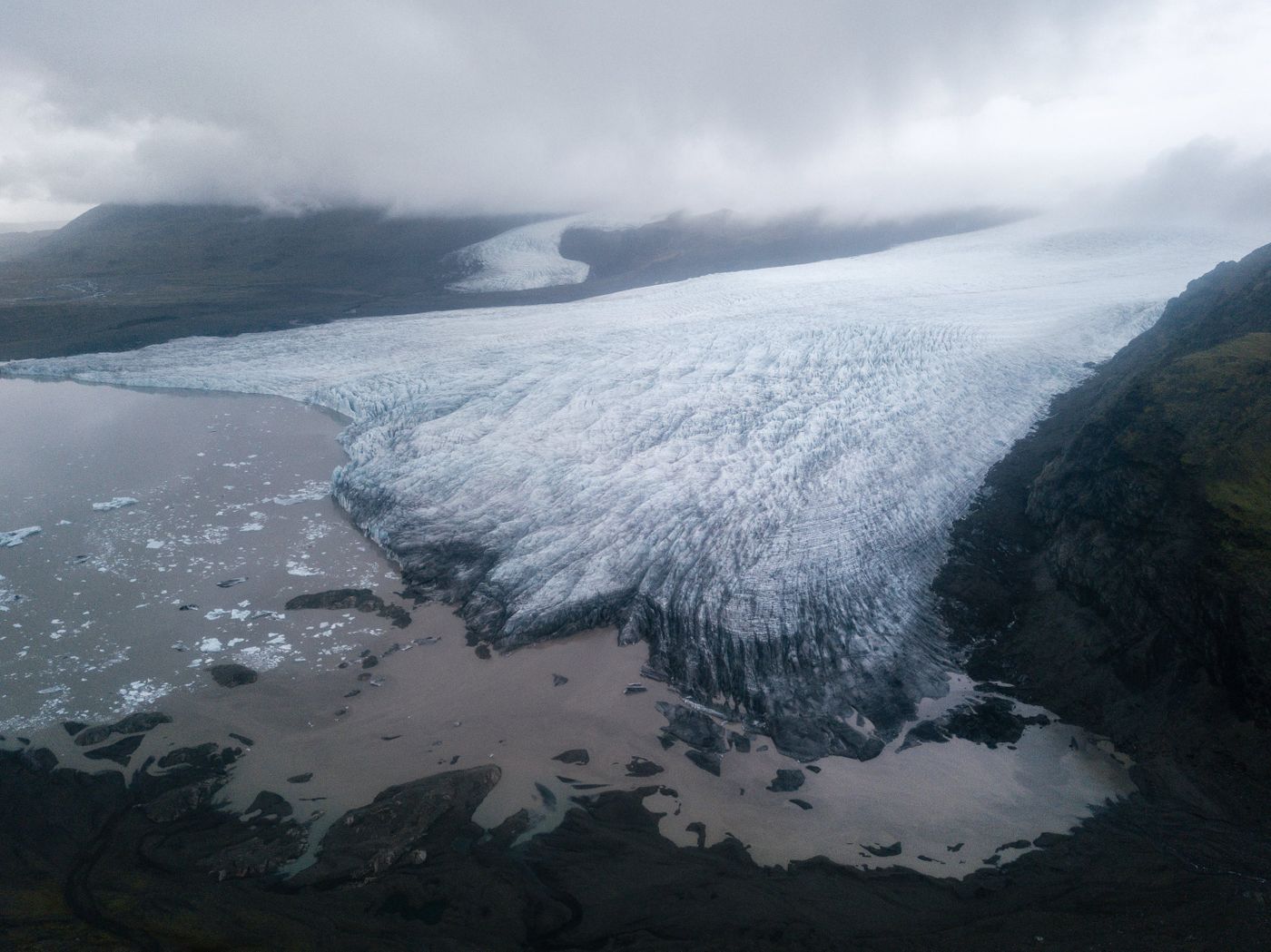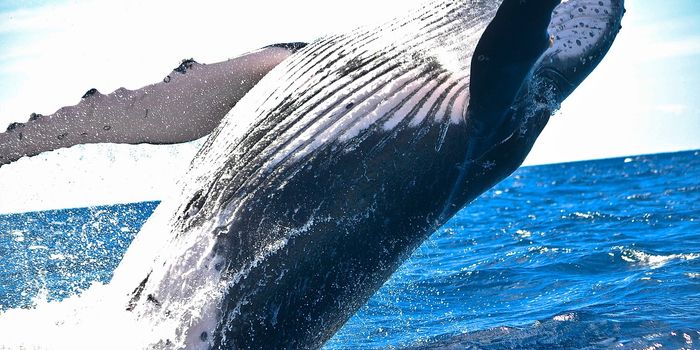Machine learning + history = more accurate sea-level rise
Researchers yet again toward our planet’s past to understand what might be in store for our future. In a new study published in the journal JGR: Earth Surface, Rutgers scientists showcase a model with the most accurate sea-level rise projections to date. The team hopes their model will motivate the greater public to take more serious and urgent action against climate change threats.
During the Last Interglacial (Eemian) period about 125,000 years ago, scientists’ interpretations of fossil coral reefs above the ocean's surface estimate that sea levels were over 20 feet higher than where they are now.
"Evidence of sea-level rise in warm climates long ago can tell us a lot about how sea levels could rise in the future," said lead author Daniel M. Gilford. "This evidence suggests that as climate change drives warming in the atmosphere and oceans, future global sea-level rise could reach considerable heights."
As we know, melting ice sheets in Antarctica are a huge source of sea-level rise today. Was that also the case 125,000 years ago, ask the researchers? And if so, could we use that information to predict our future?
"If big swaths of the Antarctic ice sheet melted and collapsed about 125,000 years ago, when the polar regions were warmer than today, parts of the ice sheet may be similarly prone to collapse in the future as the climate warms, affecting our expectations of sea-level rise and coastline flooding over the next 130 years," said Gilford, who collaborated with co-author Robert E. Kopp, a professor in the Department of Earth and Planetary Sciences within the School of Arts and Sciences at Rutgers University-New Brunswick.
On this premise, the team trained a machine learning software to mimic the behavior of a complex model that concentrates on ice-sheet physics. Ice sheet vulnerability, which considers such processes as ice-sheet fractures due to surface melting and the collapse of ice cliffs into the ocean, is a key indicator of future sea-level rise. The researchers say this model can calculate exponentially more simulations, complemented with evidence of past sea levels, in order to make more accurate predictions of sea-level rise through at least 2150.
In this way, explain the researcher, we could predict the intensity and frequency of certain climate-driven events, like flooding and storm surges from hurricanes. These projections could also help inform mitigation policies and improve emergency preparations.
Sources: JGR: Earth Surface, Science Daily









